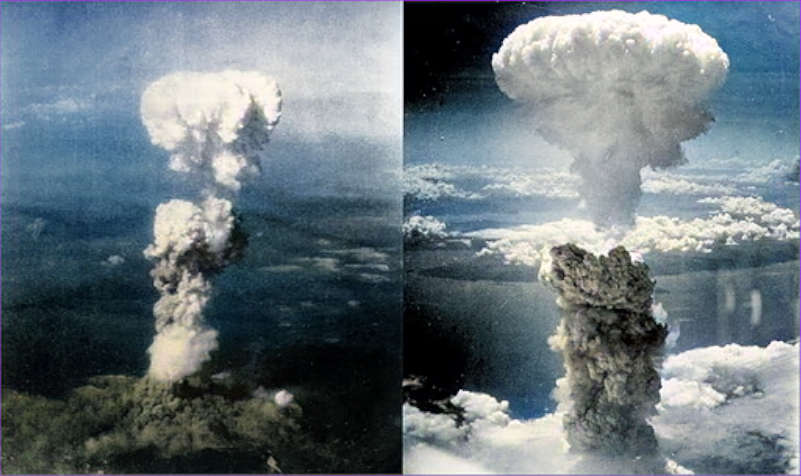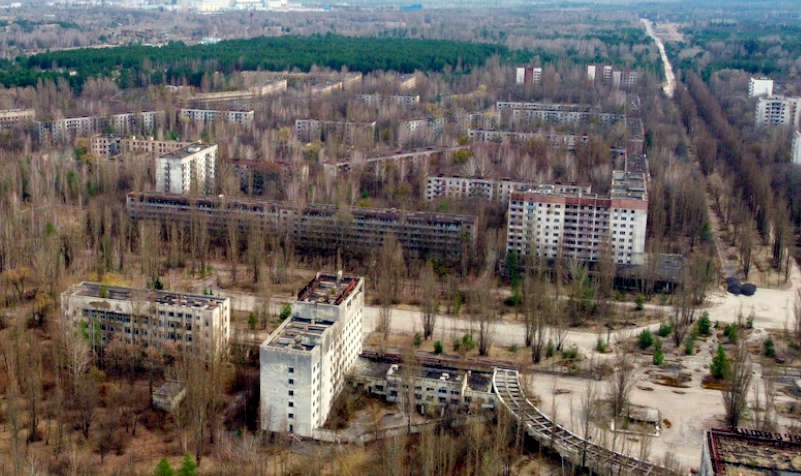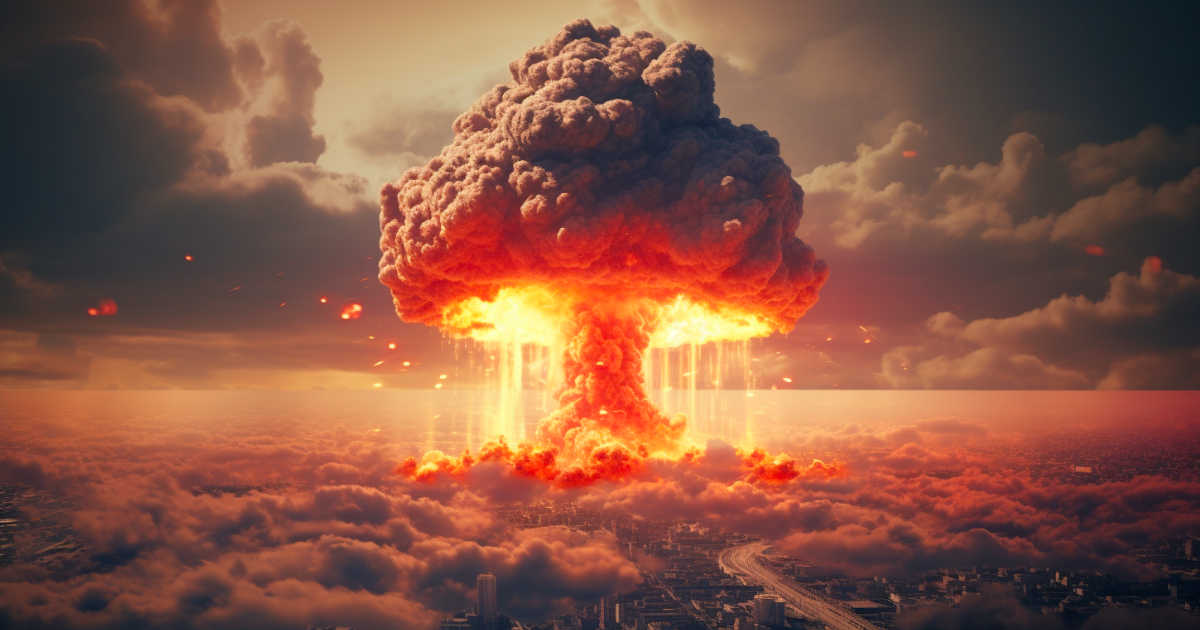In the annals of human history, few events have left as deep a scar as the nuclear incidents in Hiroshima, Nagasaki, and Chernobyl. Yet, the aftermath of these disasters presents a paradox that has puzzled many: why do people continue to live in Hiroshima and Nagasaki, while Chernobyl remains a ghost town?
In August 1945 — the final days of World War II — the United States dropped two nuclear bombs, “Little Boy” and “Fat Man,” on Hiroshima and Nagasaki, respectively. These bombs claimed the lives of between 129,000 and 226,000 people, leaving a terrible chapter in human history. Although the long-term radiation effects after explosions were surprisingly limited.

Fast forward to 1986, and the world witnessed another nuclear catastrophe, this time not of war but of peace. A human error triggered a catastrophic explosion at the Chernobyl Nuclear Power Plant in Ukraine, directly killing 100 people. However, here the long-term radiation effects after this explosion were significantly high, resulted in an uninhabitable ecosystem.
At first glance, the events in Japan seem far more tragic. Yet, today, Hiroshima and Nagasaki are bustling cities, while the vicinity of Chernobyl remains eerily silent. The reason? It’s all about the lingering radiation.
The Invisible Killer: Radiation
The atomic bombs, Little Boy and Fat Man, were indeed lethal, causing immediate destruction and loss of life. However, when it comes to radiation, the accidental explosion at Chernobyl was far more disastrous.
The bombs dropped on Hiroshima and Nagasaki were detonated approximately 600 meters above the ground, limiting the amount of radiation absorbed by the soil. In contrast, the Chernobyl explosion occurred at ground level, causing radioactive material to seep into the earth, resulting in prolonged contamination.
The Fuel Factor
The amount of fuel involved in these incidents also plays a significant role. The Hiroshima bomb used 64 kg of Uranium-235, and the Nagasaki bomb used 6 kg of Plutonium-239. In both cases, only about 1 kg underwent fission.
On the other hand, Chernobyl’s Reactor 4 held a staggering 180 tons of uranium isotopes. Although not all of it reacted, an estimated 7,000 kg was released, leading to a far greater and more enduring radiation hazard.
The Ghost Town vs. The Phoenix Cities

Today, nature has reclaimed Chernobyl. In a 30 square kilometre area, wildlife has returned, vegetation thrives, and radiation levels have decreased, yet they remain too high for safe human habitation.
Meanwhile, Hiroshima and Nagasaki, despite their tragic past, have been able to rebuild and grow, with over 1.6 million people living and thriving in these cities today.






Leave a Comment